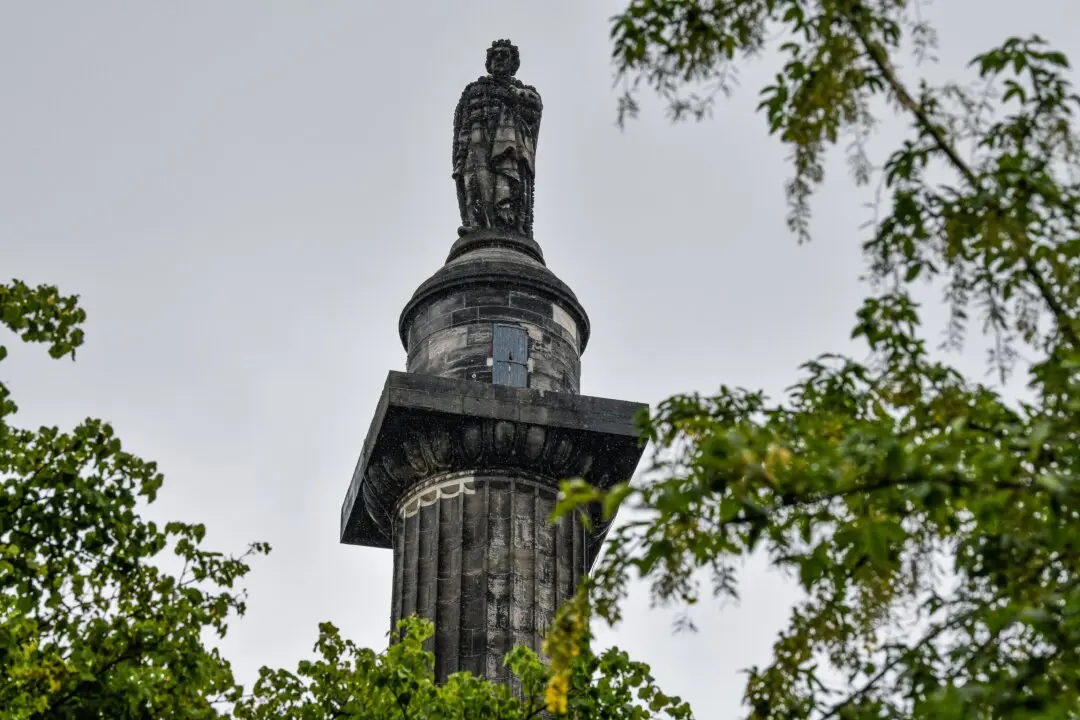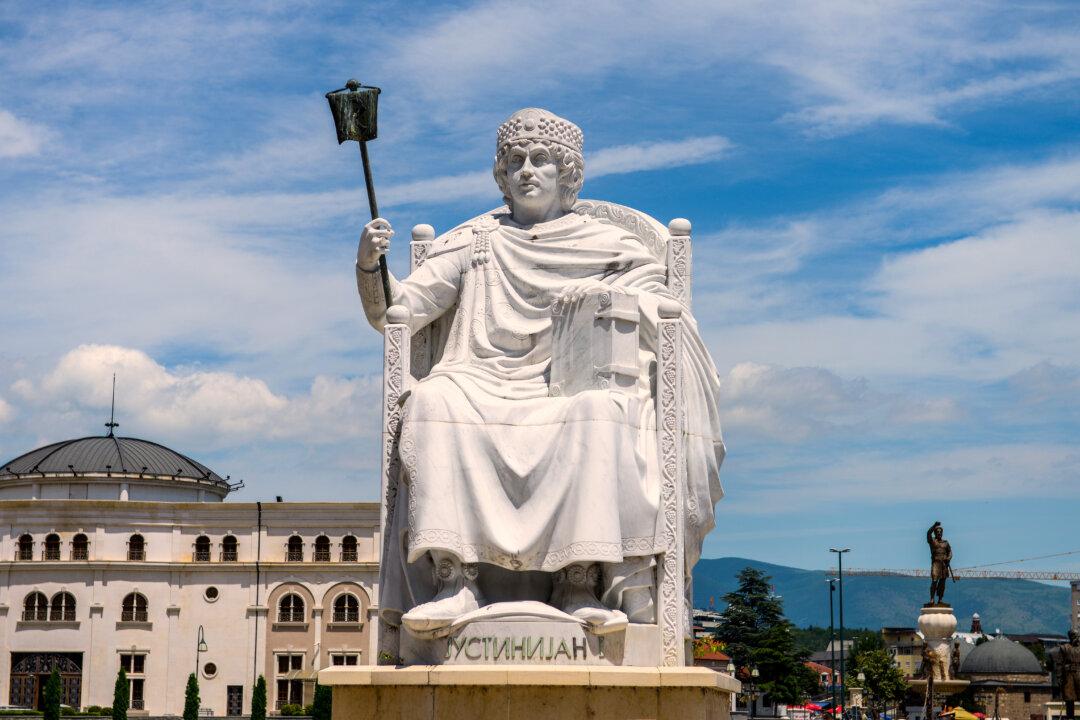Whenever the Islamic Republic in Iran seems about to collapse, it manages to hold together. This seems to defy all normal rules, since the regime is extremely unpopular and widely loathed.
The regime knows that it can cling to power by promoting division and by preventing various opposition factions from agreeing on an alternative. It even has agents who know how to talk the language of republicanism, monarchy, and everything in between, so as to infiltrate opposition groups and keep them quarrelling.
So perhaps we should start with something all sides can agree on: When the Islamic Republic falls, rule of the country cannot be in the hands of only one man. One autocrat cannot simply be exchanged for another, and there cannot be any person or institution operating outside the bounds of a democratic constitution.
The new constitution must uphold individual rights, separation of powers, and the rule of law. It must prevent the abuse of authority and make the formation of another tyranny impossible. Moreover, the rights of minorities must be protected: all citizens, regardless of ethnicity, language, or religion, must have an equal stake in the Iranian polity.
This is not a matter of forcible “regime change” or Western-style liberalism imposed from abroad. Iran already has its own indigenous political tradition going back some 200 years. This tradition even includes liberalism, and it is time to revisit it.
In the late 18th century, Iranian elites (including many of the clergy) became uncomfortable with the absolute power of the ruling Qajar dynasty (1794–1925) and the apparent stasis of the prevalent religious thought. Such was the context in which political liberalism began to be articulated within Iran. Its main exponents were Mirza Fath Ali Akhundzade (1812–1878), Mirza Malkum Khan (1833–1908), and Mirza Abdul-Rahim Talibov (1834–1911) who all saw liberalism as a means of constraining tyrannical authority.
From a modern Western perspective, it may seem ironic that Iranian liberal thought reached maturity in the work of Shiite cleric. But this is what happened. The cleric was Mirza Muhammad Hussein Naeni (1860–1936). His most important political assumption was that human government was necessarily imperfect, but the worst possible outcome was despotism supported by the clergy. Such an arrangement, he argued, would destroy popular sovereignty and discredit Islam.
In Naeni’s view, a parliament would have the legitimacy that the Qajar despotism lacked, and he argued in favour of liberty of expression as a God-given defence against tyranny. He also embraced equality of all persons regardless of religion, as well as the separation of powers and the accountability of the monarch. Such was the foundation for the constitutional government established in 1906.
The regime founded by Ayatollah Khomeini in 1979 re-engineered that constitution so as to establish the supreme rule of one man. It also opened the door to unaccountable institutions which operate outside the constitutional framework. These include clerical courts, the higher clergy, and various Islamic bodies which influence a political system that cannot restrain their power. The very worst of these is the Islamic Revolutionary Guard Corps (IRGC), the paramilitary group whose mission it is to safeguard the Iranian Revolution.
Far from a post-Khomeinist Iran restarting at “year zero,” the way forward may be to return to indigenous political philosophy and pick up where Iranian political thought left off in the 20th century. It may be more productive to speak of expanding the Iranian constitution, so as to include more of Iran’s institutions within it, rather than abolishing it and starting over.







